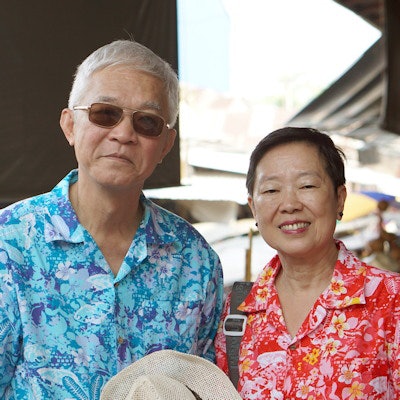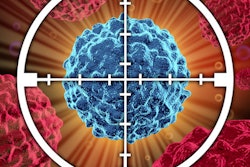
Participation in CT lung cancer screening varied among Native Hawaiian, Pacific Islander, and Asian individuals in a population-based study out of Hawaii published January 20 in JAMA Network Open.
A team led by Caryn Oshiro, PhD, from Kaiser Permanente Hawaii in Honolulu said their results highlight the need to focus on the different backgrounds of individuals to better understand specific factors that may affect whether they participate in screening programs.
"This would inform the work toward mitigating racial and ethnic disparities that may exist in lung cancer screening and provide specific guidance to the care delivery system in developing targeted, culturally sensitive interventions," Oshiro and colleagues wrote.
Previous research has shown that lung cancer affects populations within the U.S. differently. However, this may not be apparent at first glance when it comes to Asian American, Native Hawaiian, and Pacific Islander individuals since cancer data for these groups have been aggregated. The researchers said this reporting masks differences in the cancer burden that exists within these racial and ethnic subpopulations.
In Hawaii, lung cancer is among the most common cancers. Research has shown that the highest lung cancer incidence rates are in Native Hawaiian men and women (79.9 and 64.4 cases per 100,000, respectively) and Filipino men (71.7 cases per 100,000).
Studies have also shown that smoking prevalence among subpopulations may affect lung cancer rates. One report suggested that Native Hawaiian and African American smokers were more likely to receive a lung cancer diagnosis than smokers of any other racial or ethnic group.
Oshiro et al wanted to find out what racial and ethnic disparities exist in CT lung cancer screening completion and diagnostic follow-up rates among Asian, Native Hawaiian, and Pacific Islander individuals.
The team looked at data from a total of 1,030 program members who were eligible for lung cancer screening who completed a low-dose CT test. Out of these, 633 were men and 397 were women, with an average age of 65.5 years. All study participants were between the ages of 55 and 79, had a 30 pack-year smoking history, and were either a current smoker or quit smoking within the past 15 years.
The researchers found that the overall CT lung cancer screening completion rate was 81% (838 participants) and that there was a 14% to 15% screening completion rate gap among groups.
| CT lung cancer screening completion rates among Hawaiian subpopulations | |
| All Asian (Korean, Japanese, Chinese, Filipino) | 86% |
| Native Hawaiian | 80% |
| Non-Hispanic white | 80% |
| Pacific Islander | 79% |
| Other racial, ethnic groups | 77% |
Among the Asian subgroups, Korean and Japanese individuals had the highest completion rates (94% and 88%, respectively) among Asian subgroups. Chinese individuals, meanwhile, had an 82% completion rate and Filipino individuals had a 79% completion rate.
Of the 54 participants with Lung-RADS stage 3 disease, 50 completed a six-month surveillance low-dose CT test. Of the 37 individuals with lung-RADS stage 4 disease, 35 were followed up for additional procedures.
The study authors wrote that disaggregating these subpopulations with larger sample sizes could allow for better understanding of social and behavioral factors that may be associated with screening completion rates.
"Furthermore, a Nurse Navigator may play an integral role in supporting lung cancer screening completion and follow-up rates through strengthening the continuity of care, resulting in faster initiation of preventive care and treatment," they added.





















